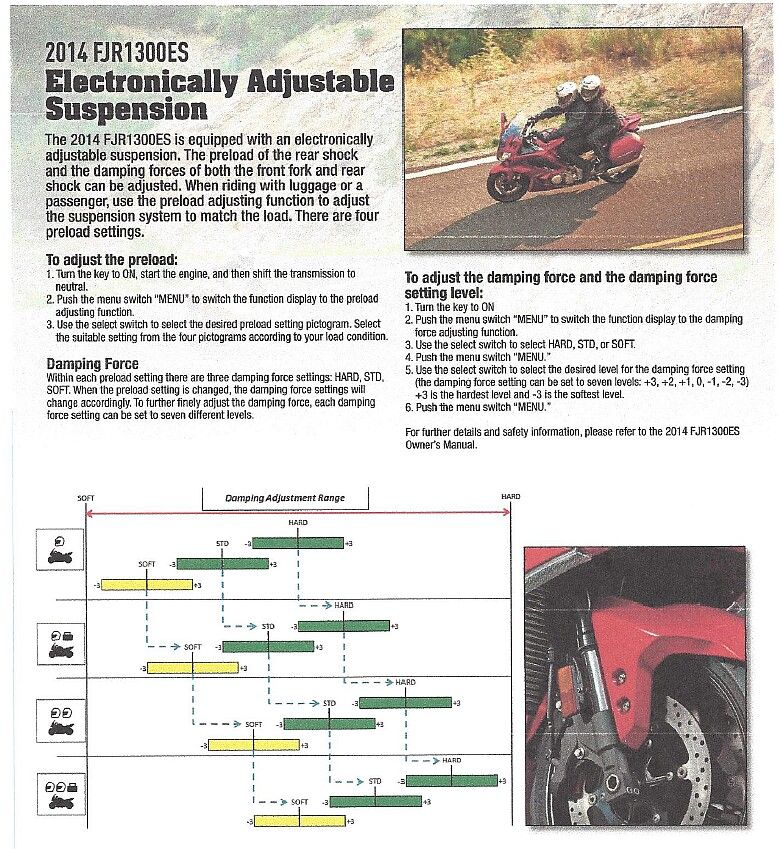There is an ongoing poll on that very topic. So far, nobody seems to have needed to rebuild an ES rear shock or front forks, which considering the miles many owners put on these bikes, and that the first year 2014 ESes are now almost 4 years old, is really saying something.
Only a couple of very high mile riders have replaced their fork seals, and those were done prophylactically, along with suspension oil change. No seals or bushing failures were reported.
I still have my YES running on my 14 until sometime late in 2019. Knock on wood, have not used it yet at almost 35k miles. (Mine is not one of the high milers)
Only a couple of very high mile riders have replaced their fork seals, and those were done prophylactically, along with suspension oil change. No seals or bushing failures were reported.
I still have my YES running on my 14 until sometime late in 2019. Knock on wood, have not used it yet at almost 35k miles. (Mine is not one of the high milers)
Last edited by a moderator:




